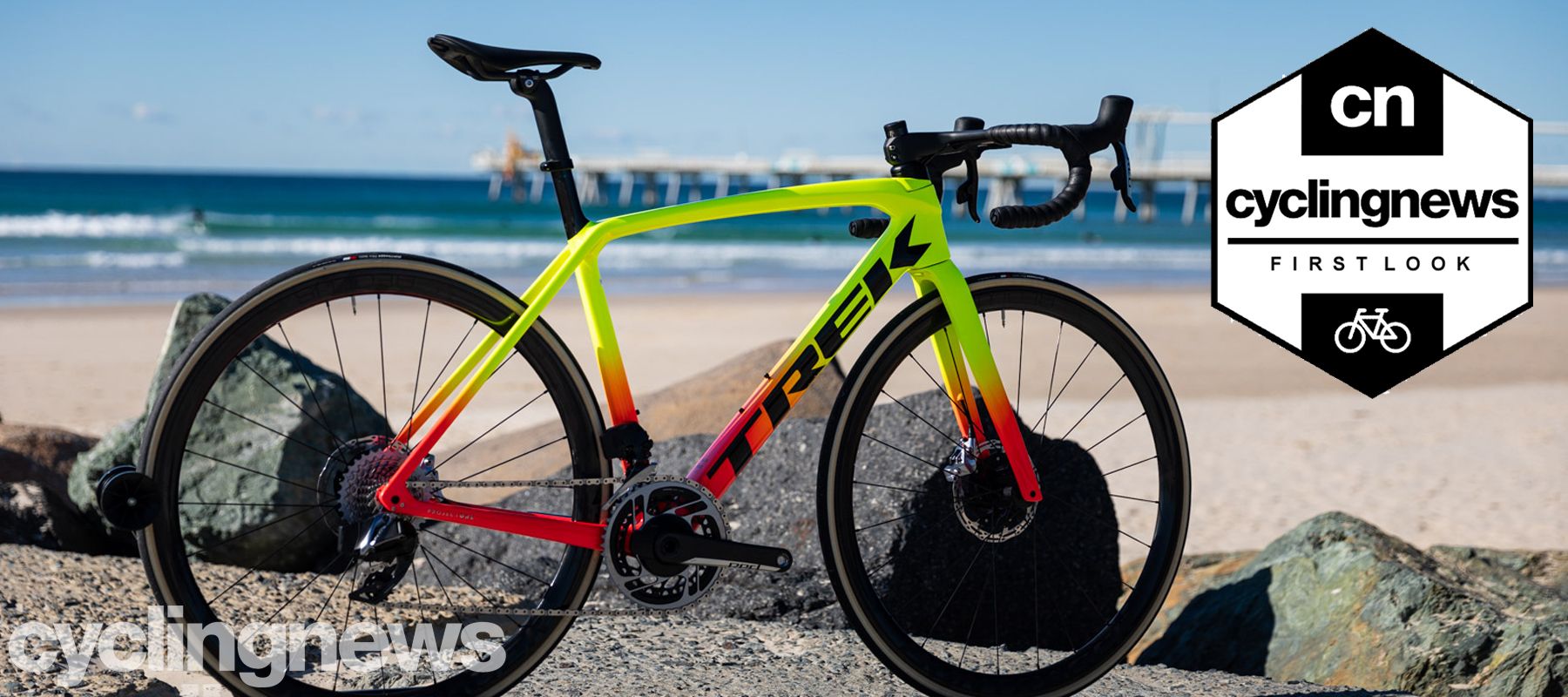You can trust Cyclingnews
Fresh out of the big red barn in Waterloo, Wisconsin, we’ve just unboxed Trek’s brand new Emonda. Slotting in as the brand's lightweight race bike, the Emonda was first launched in 2015, and since then has only received minor updates — the new bike has been redesigned from the ground up.
When it comes to race bikes, whether the consumer likes it or not they are still largely handcuffed to the UCI’s 6.8kg weight limit, so brands don’t have a whole lot of incentive to keep making frames lighter. But, as Trek’s Industrial Design Manager Hans Ekholm told me some time ago, the UCI rules influence the direction of the race bikes, but his team don’t see them as a limitation, it simply means they need to get a bit more creative to keep improving the bikes they produce.
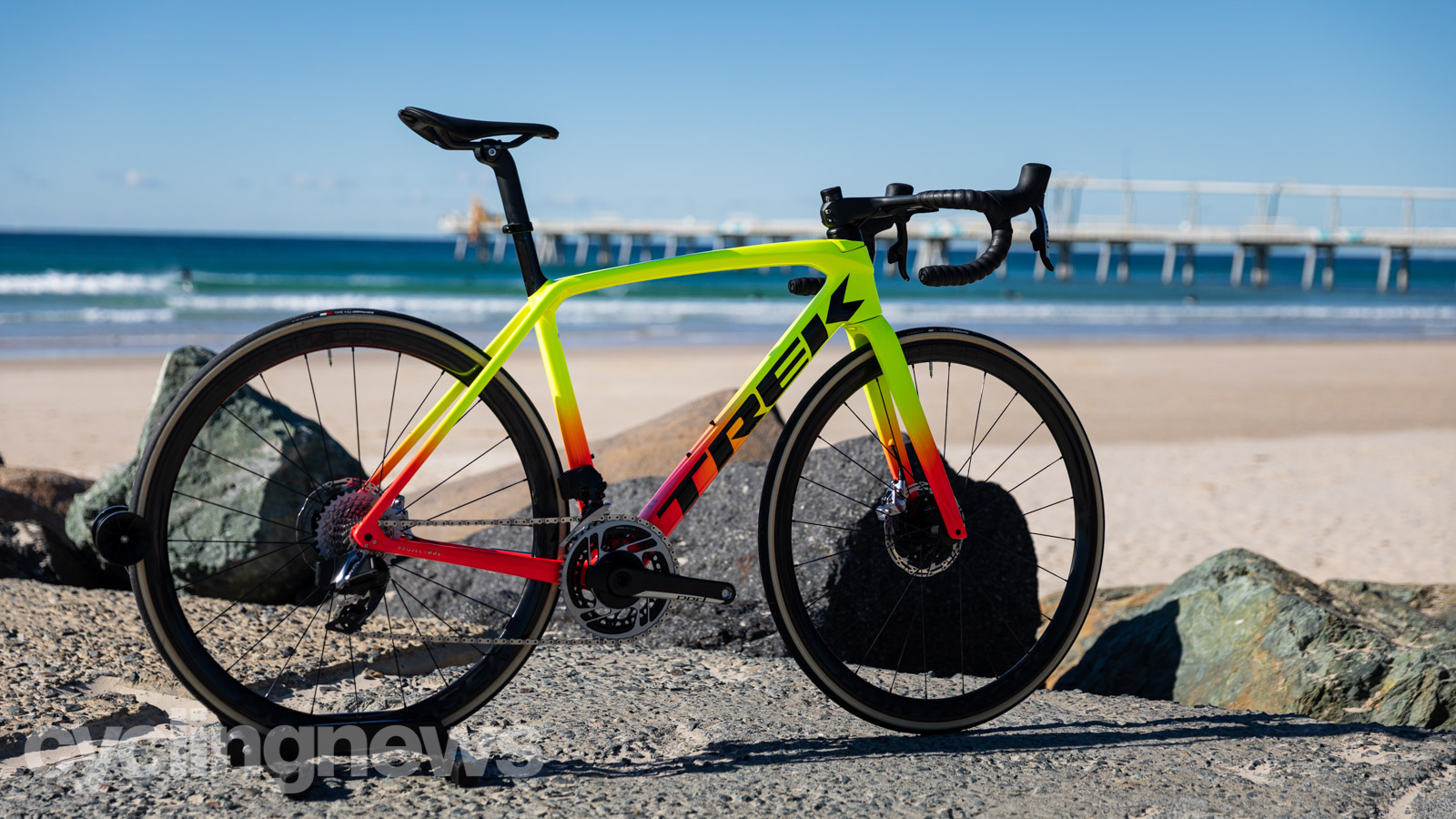
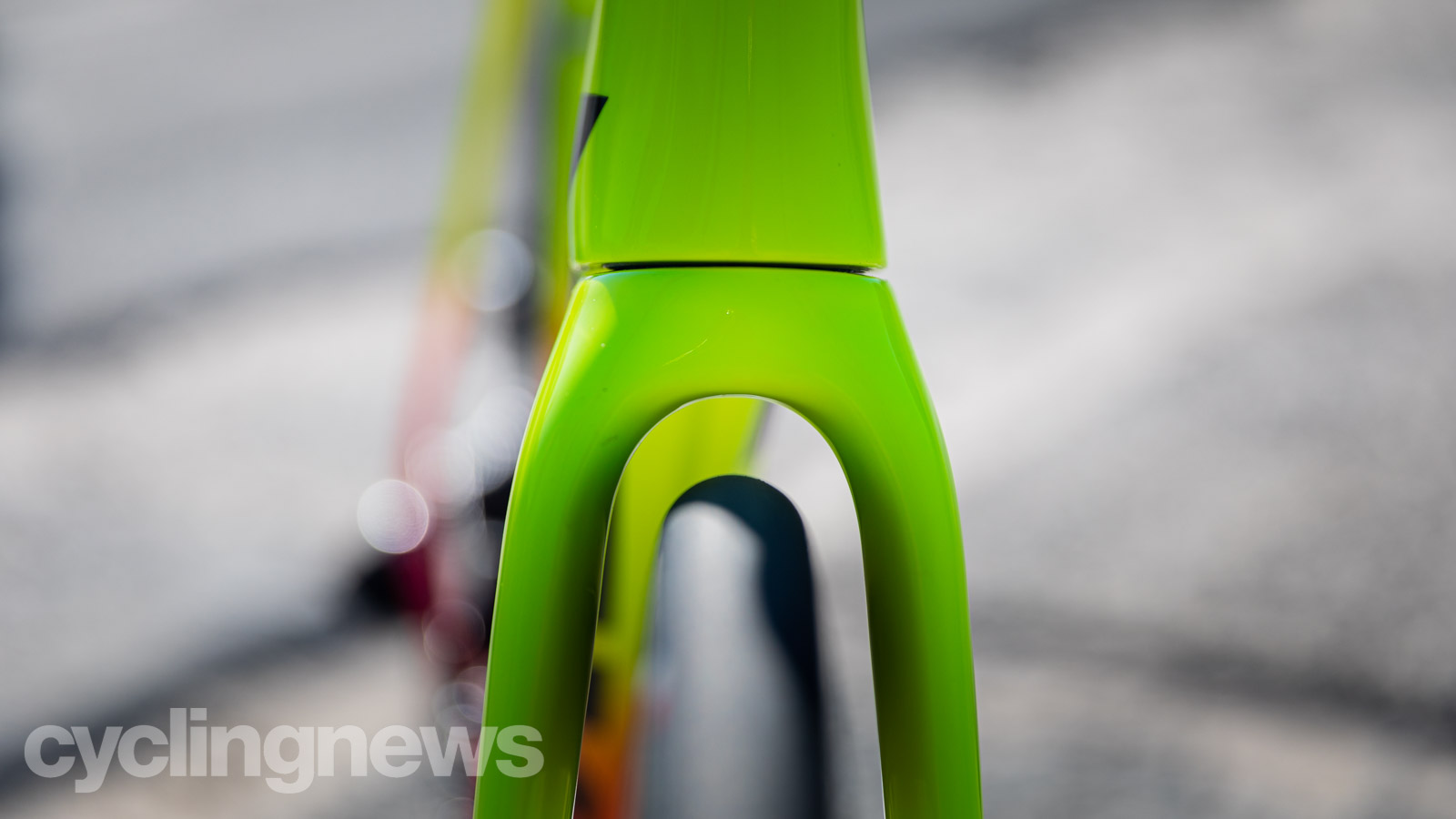
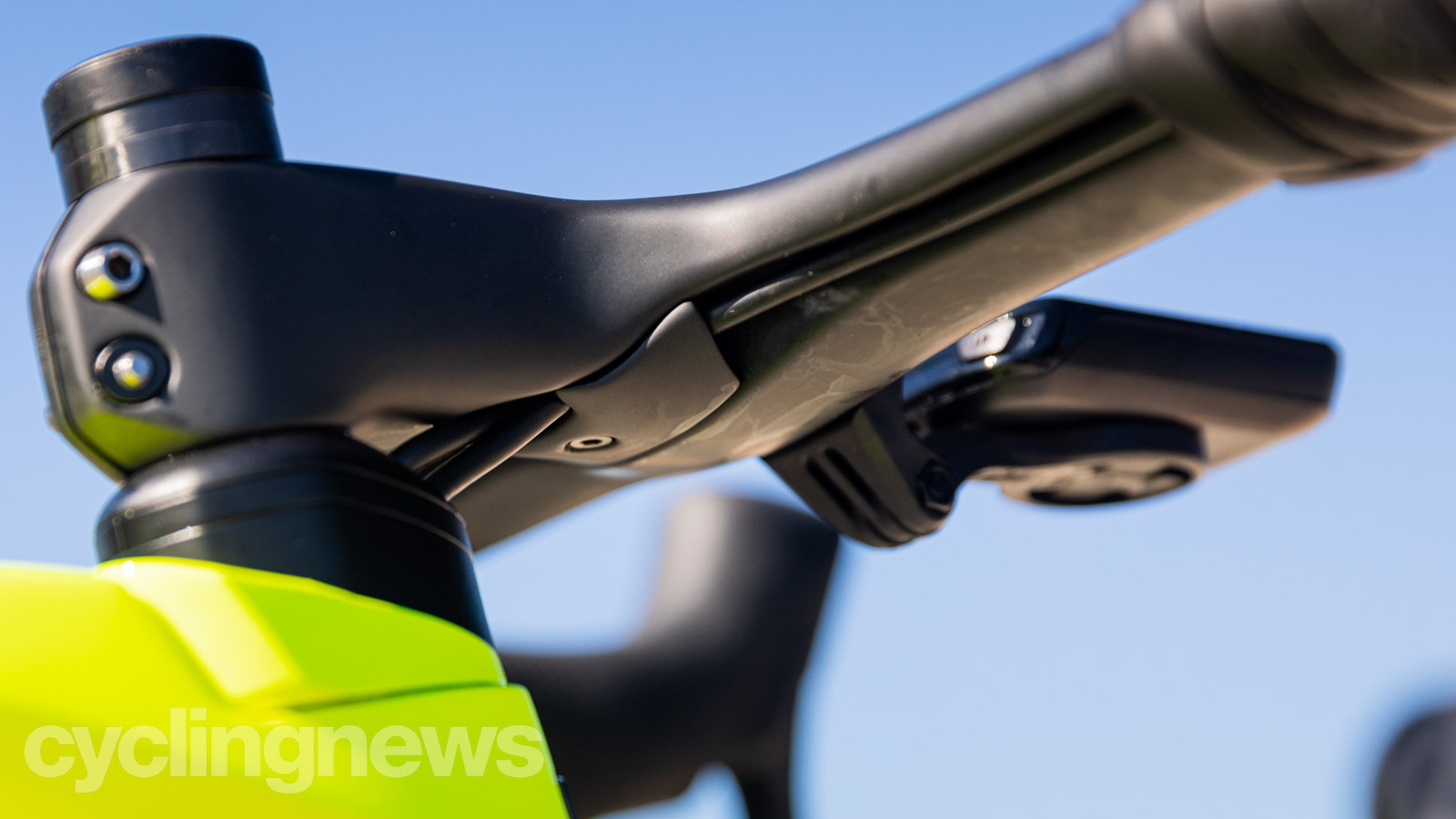
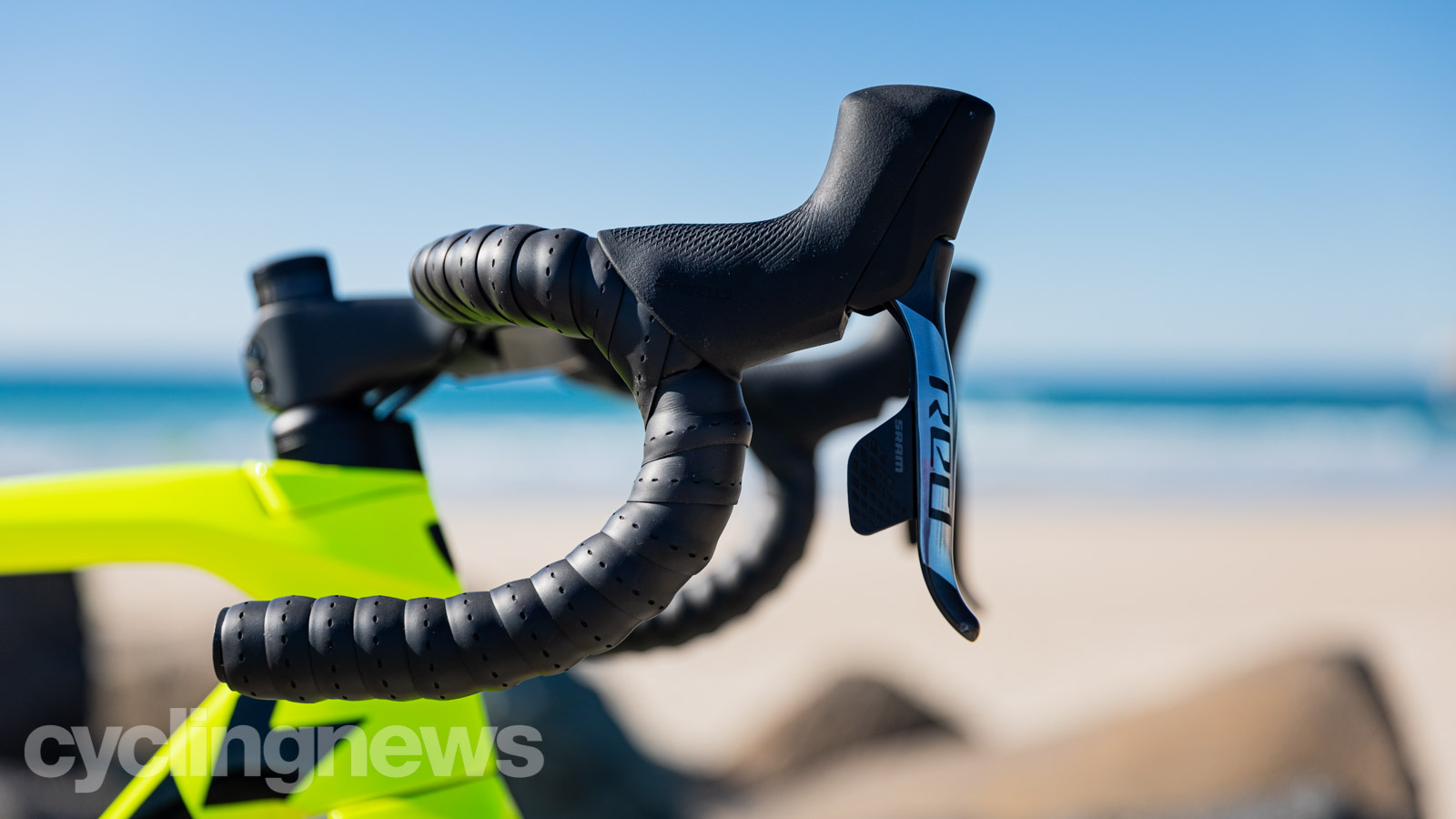
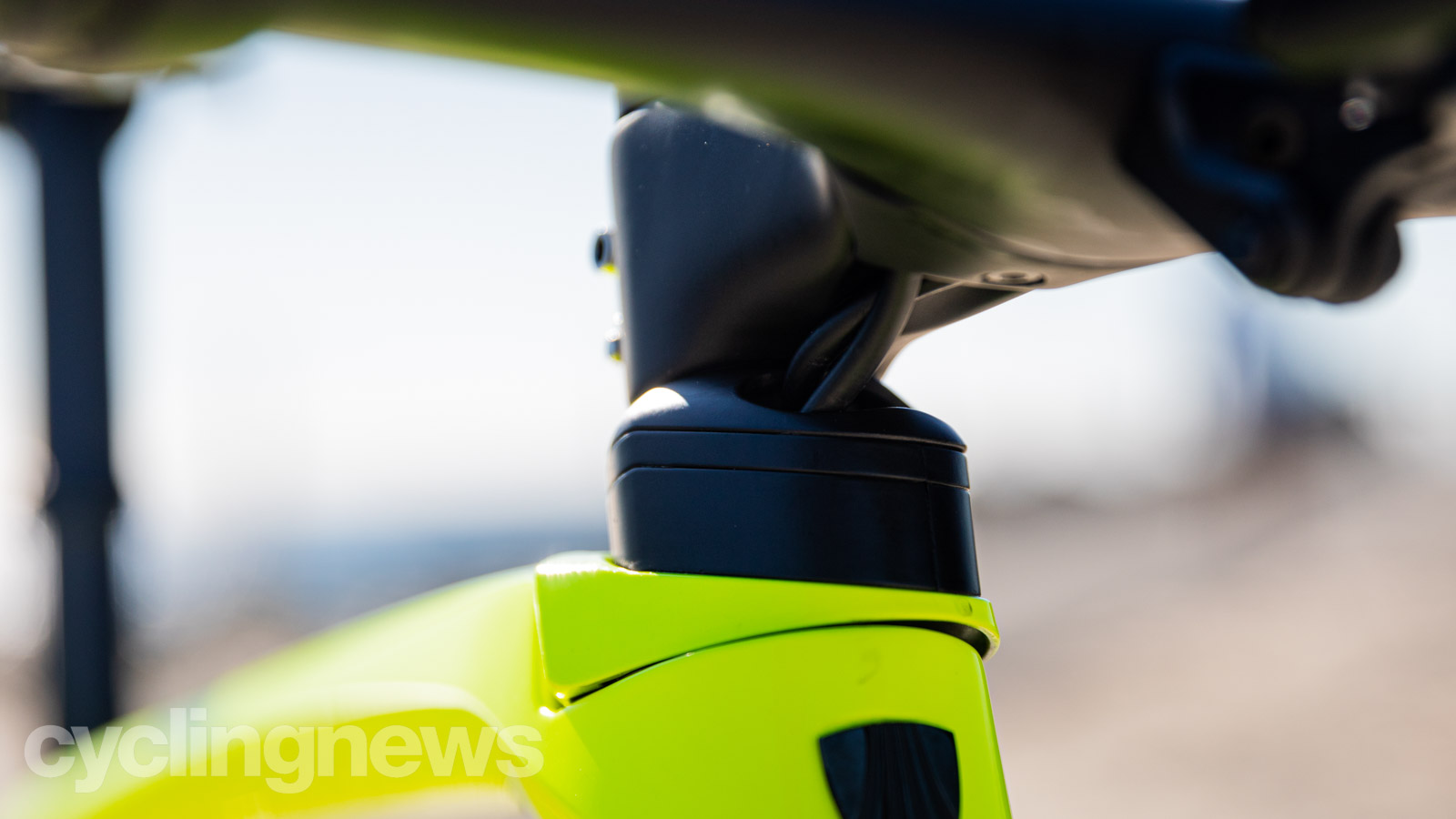
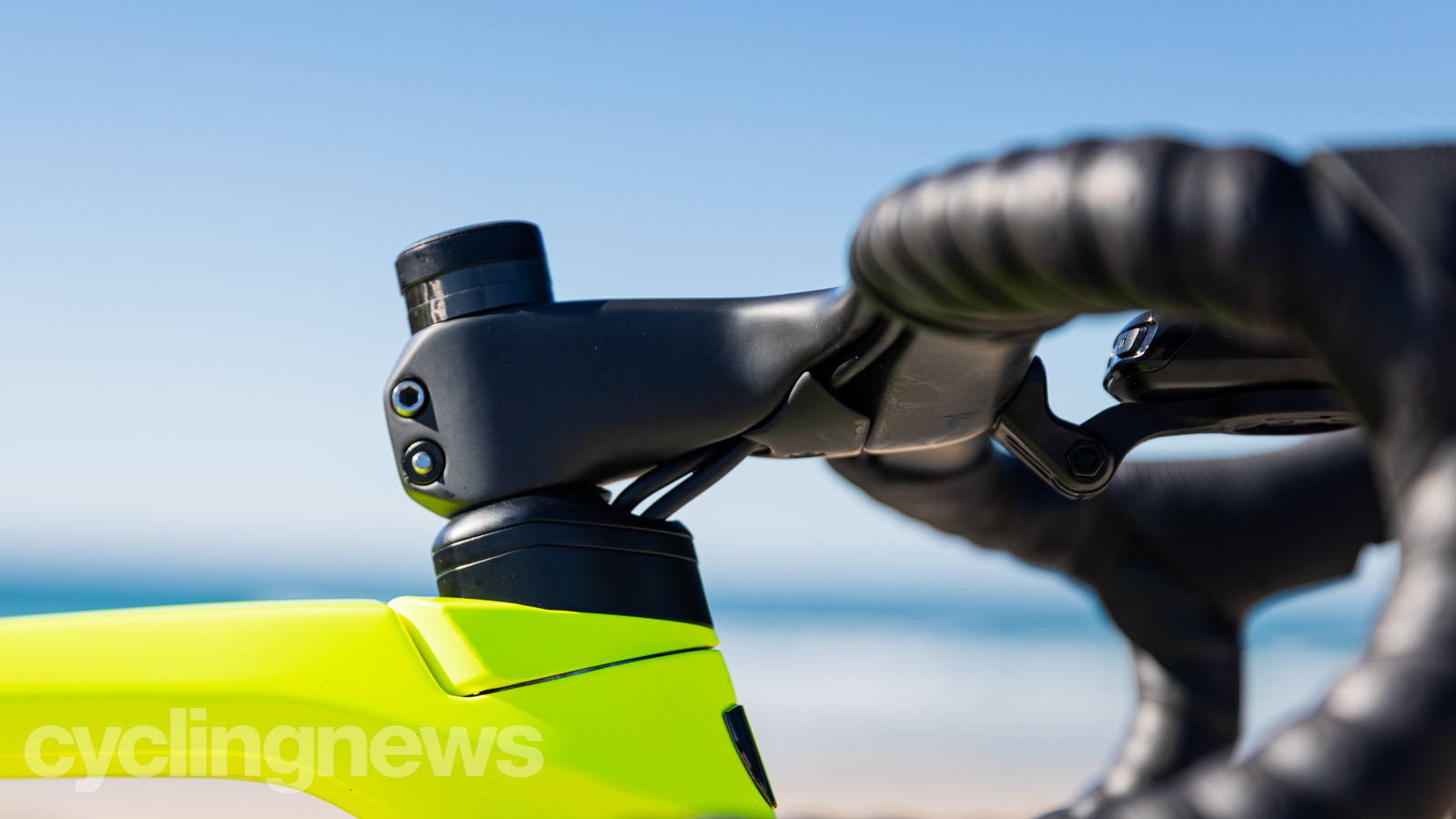
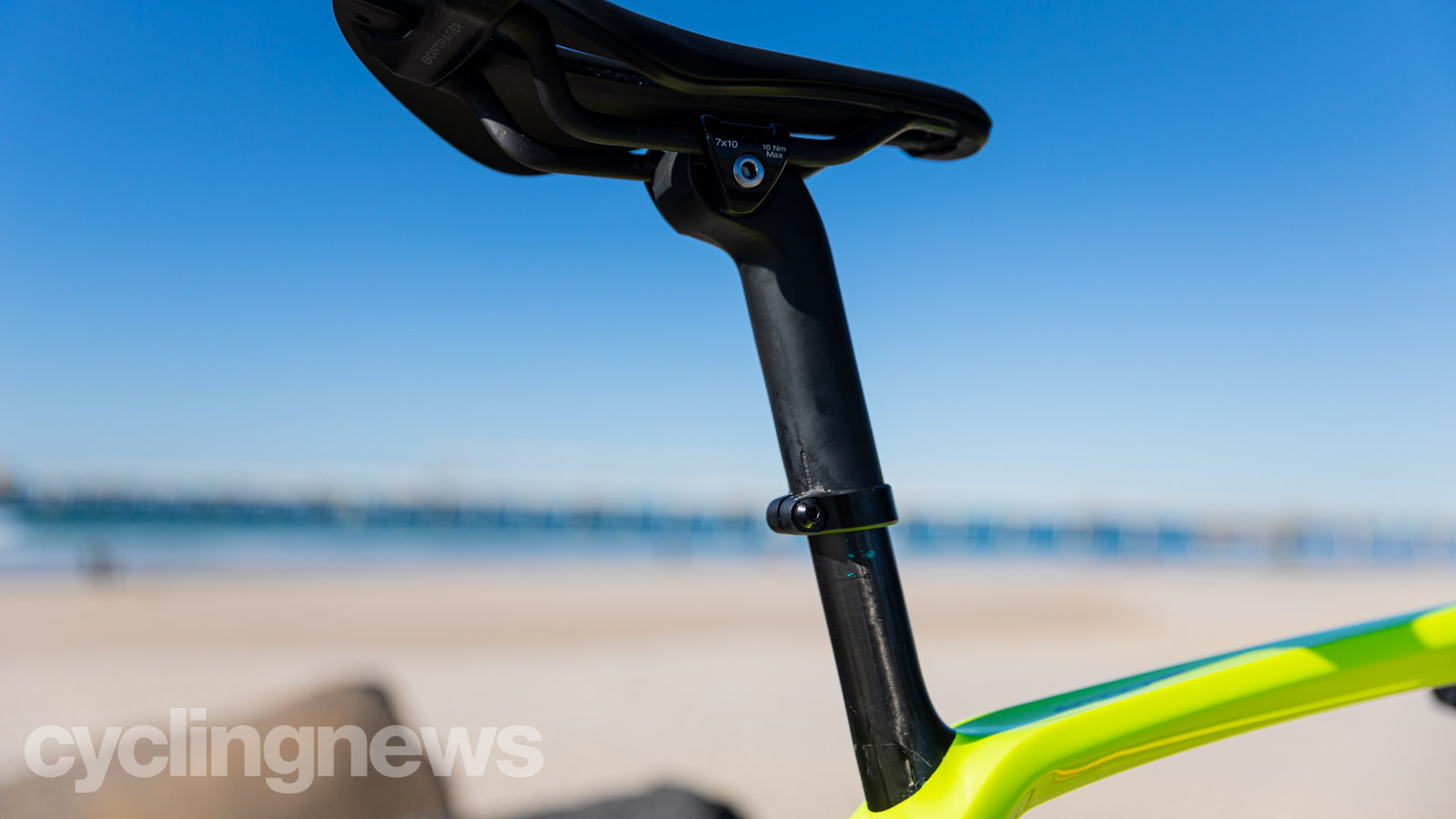
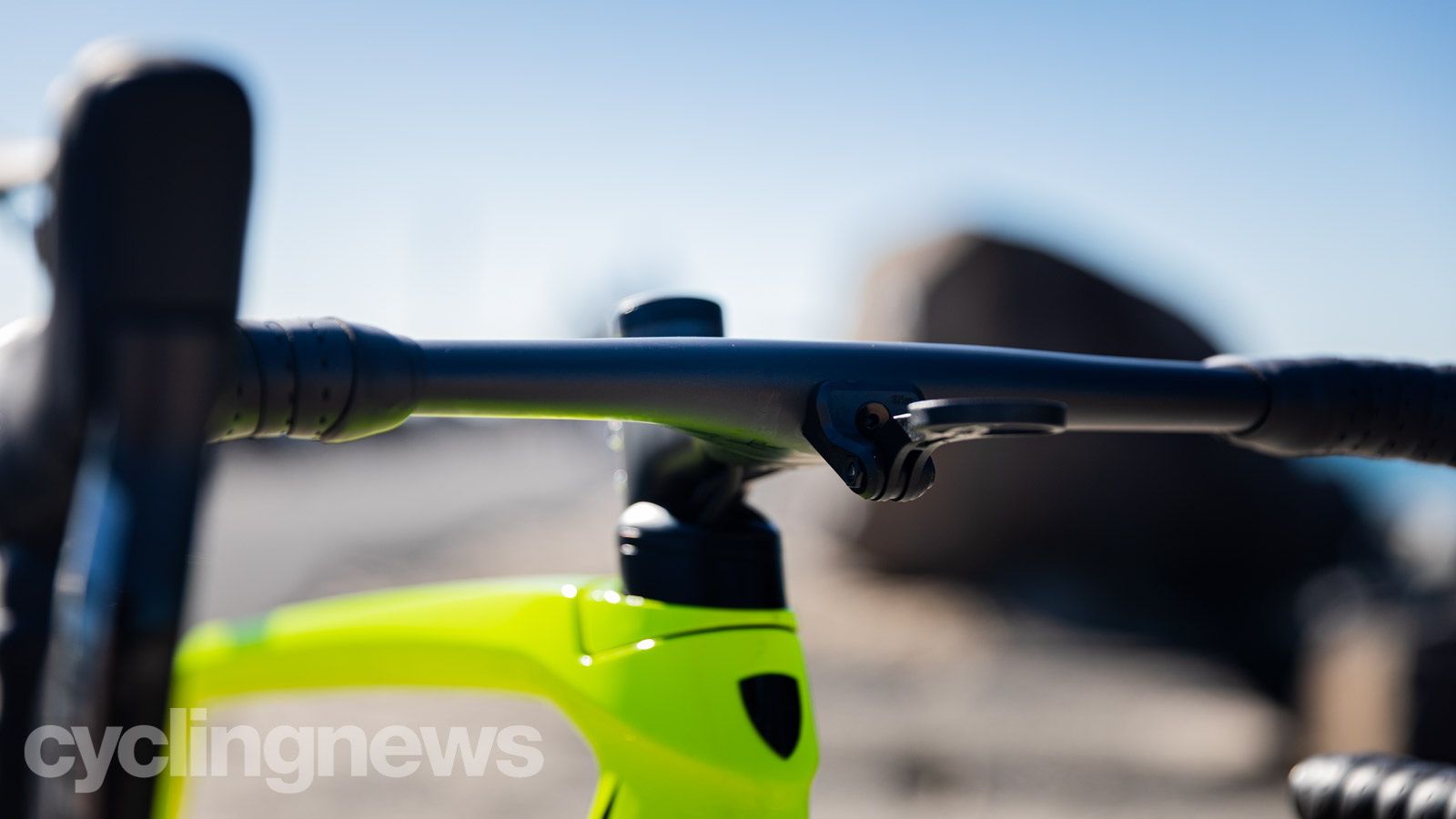
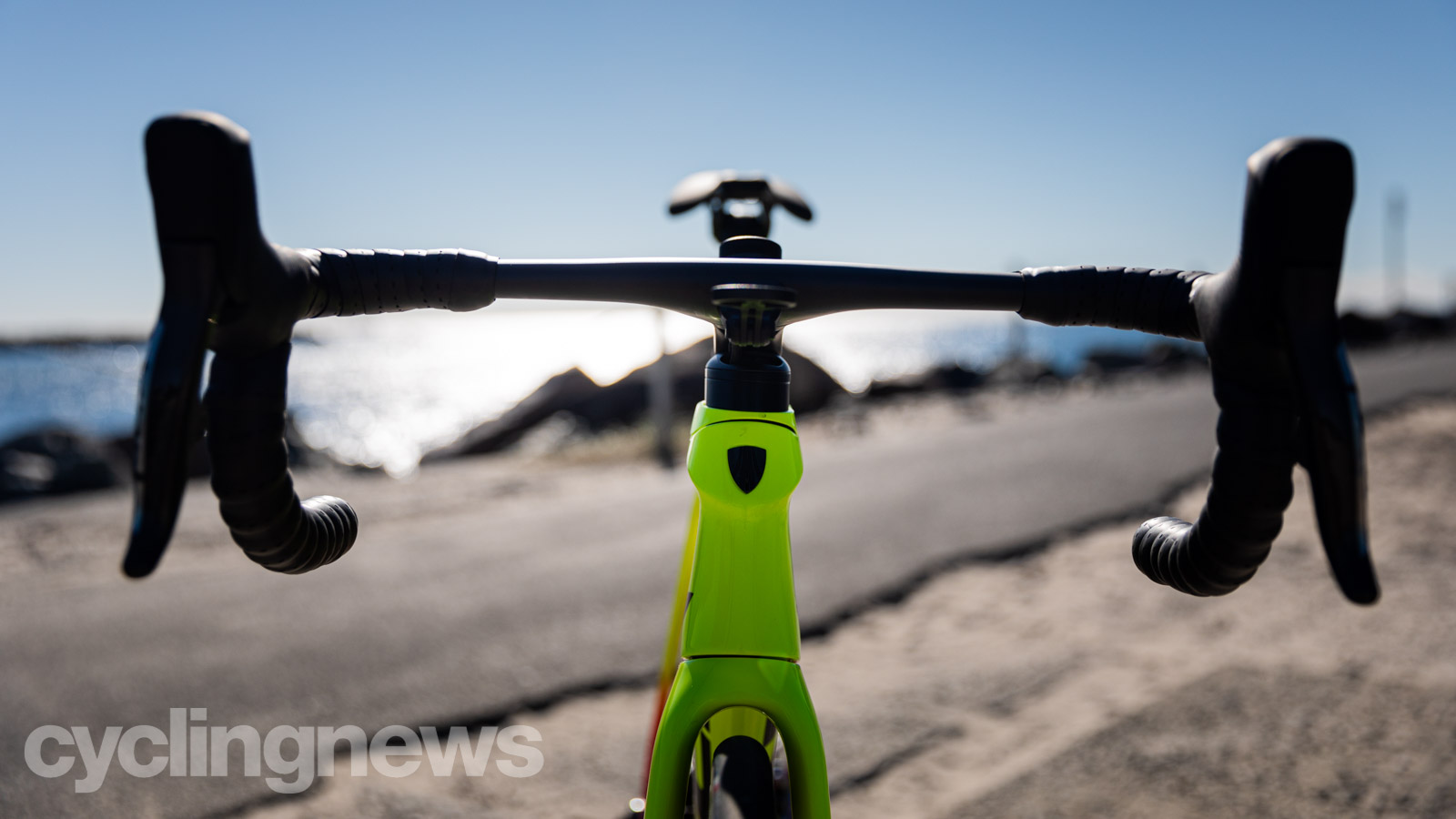
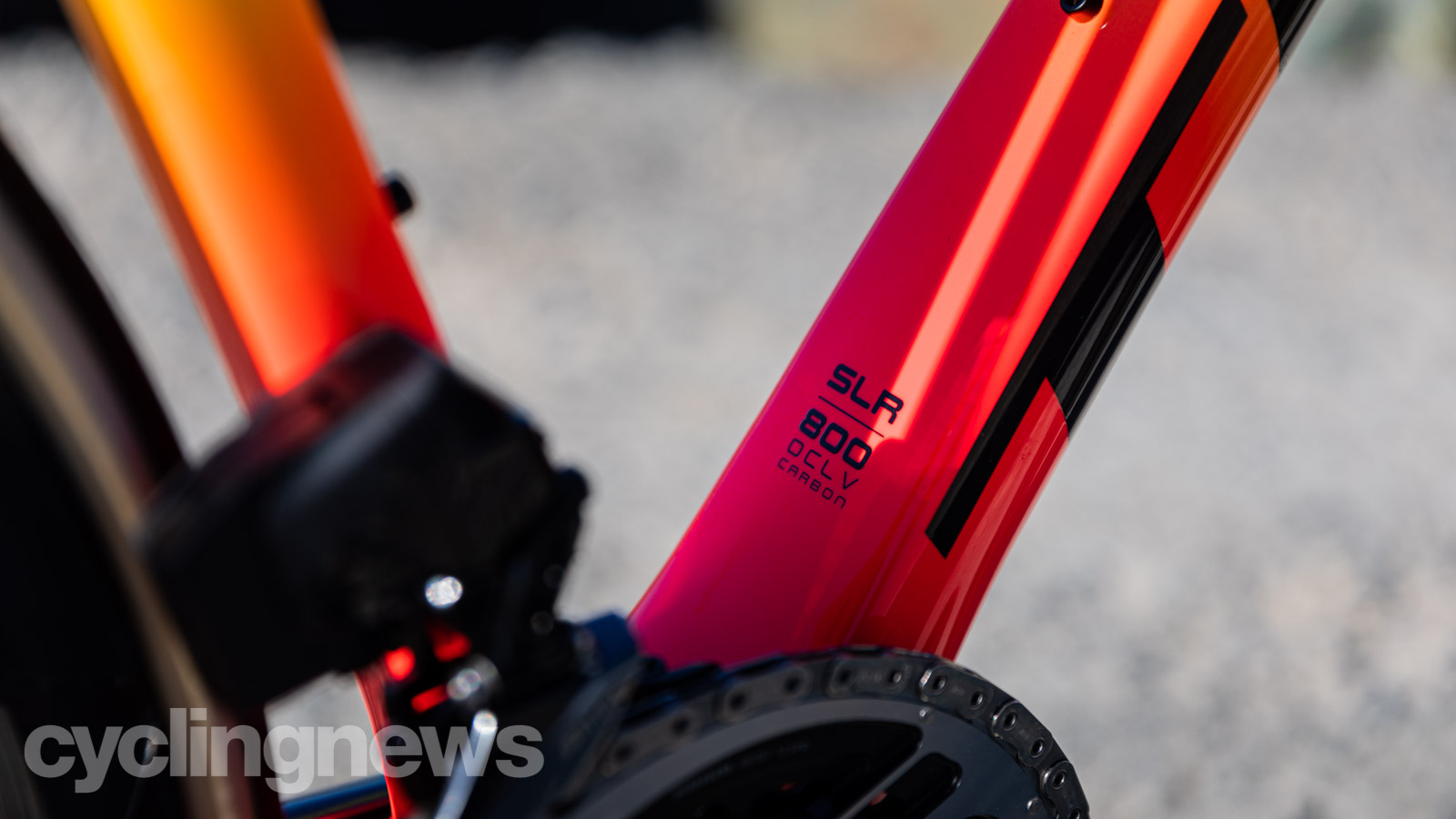
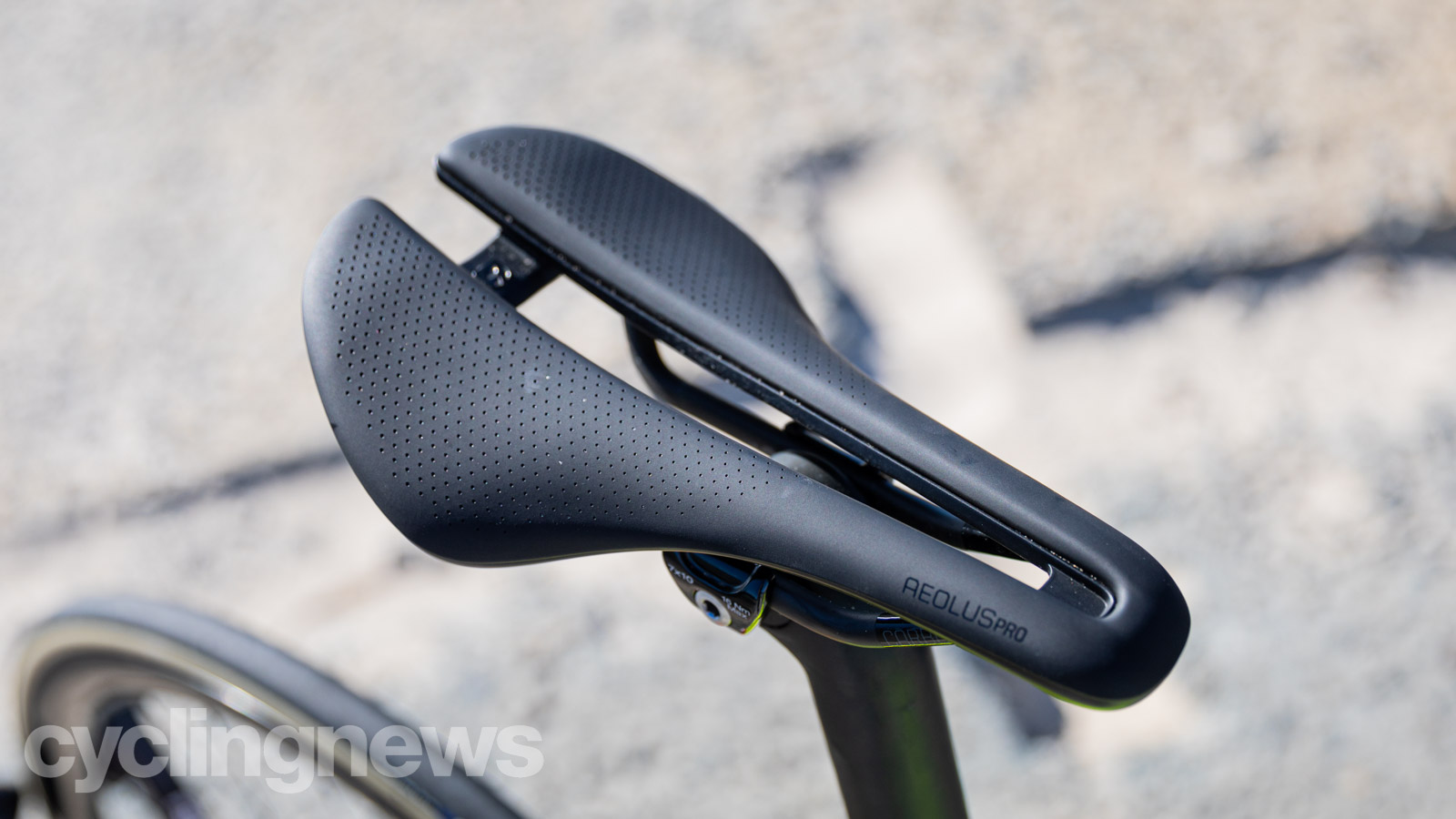
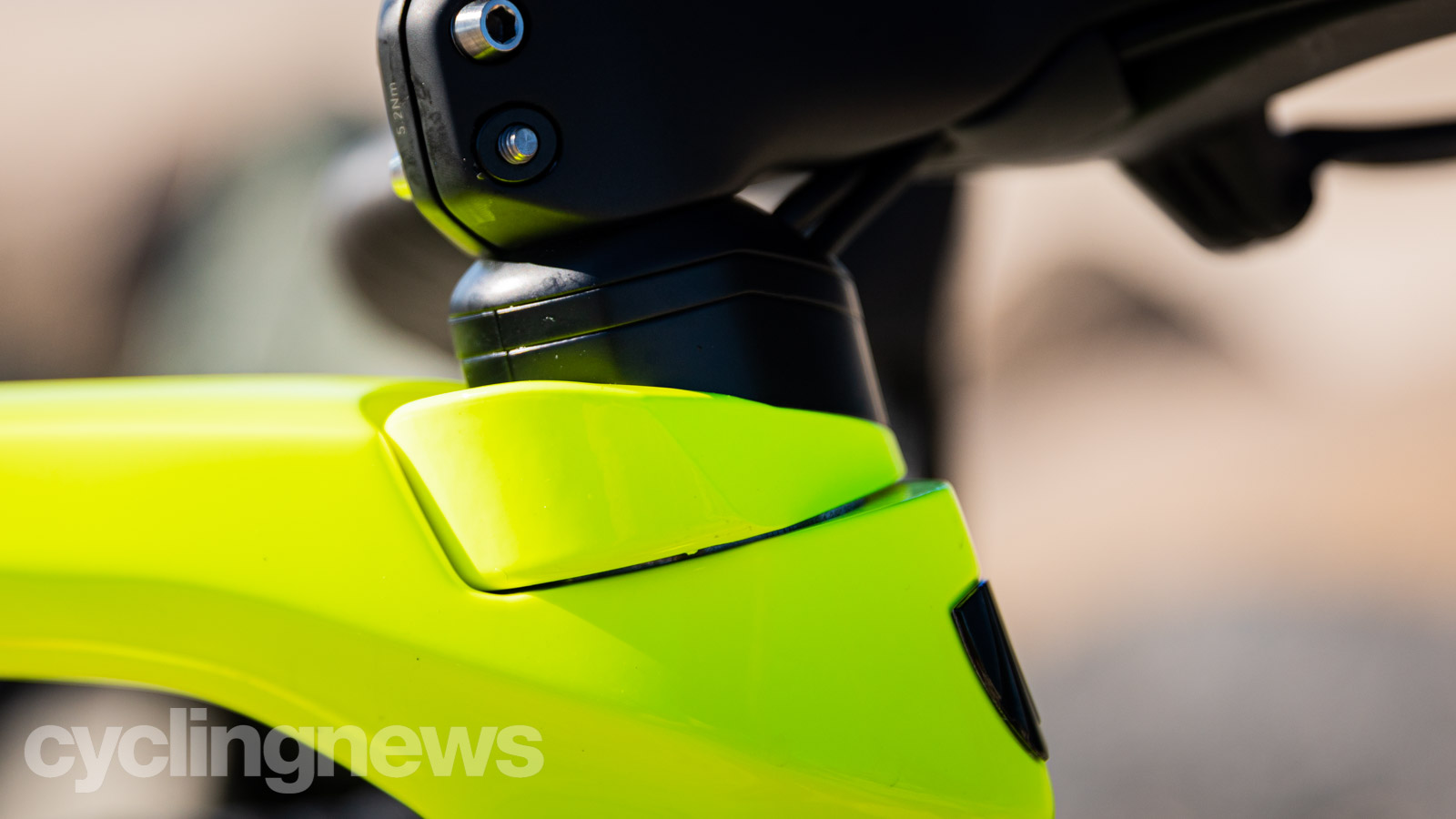
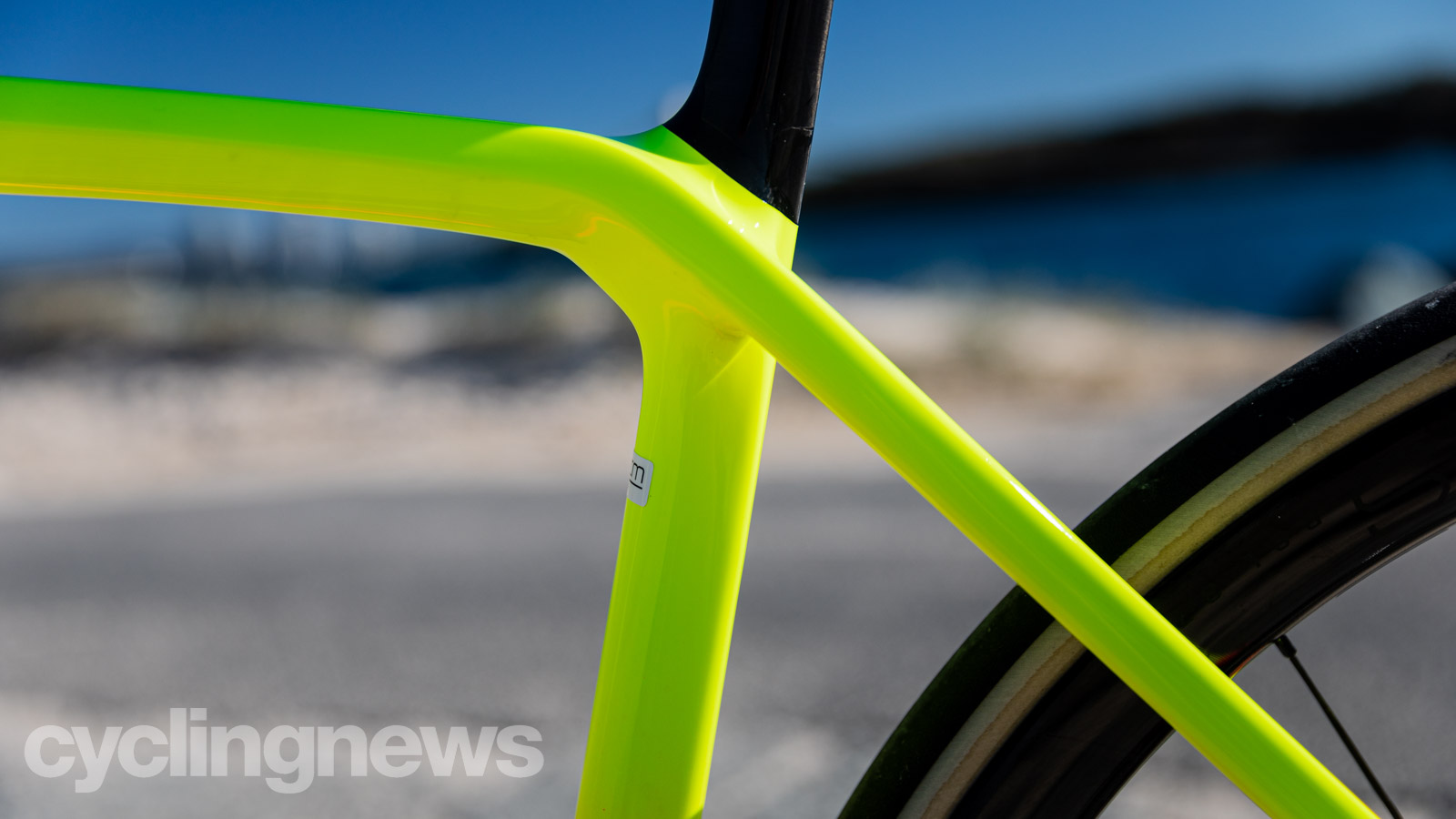
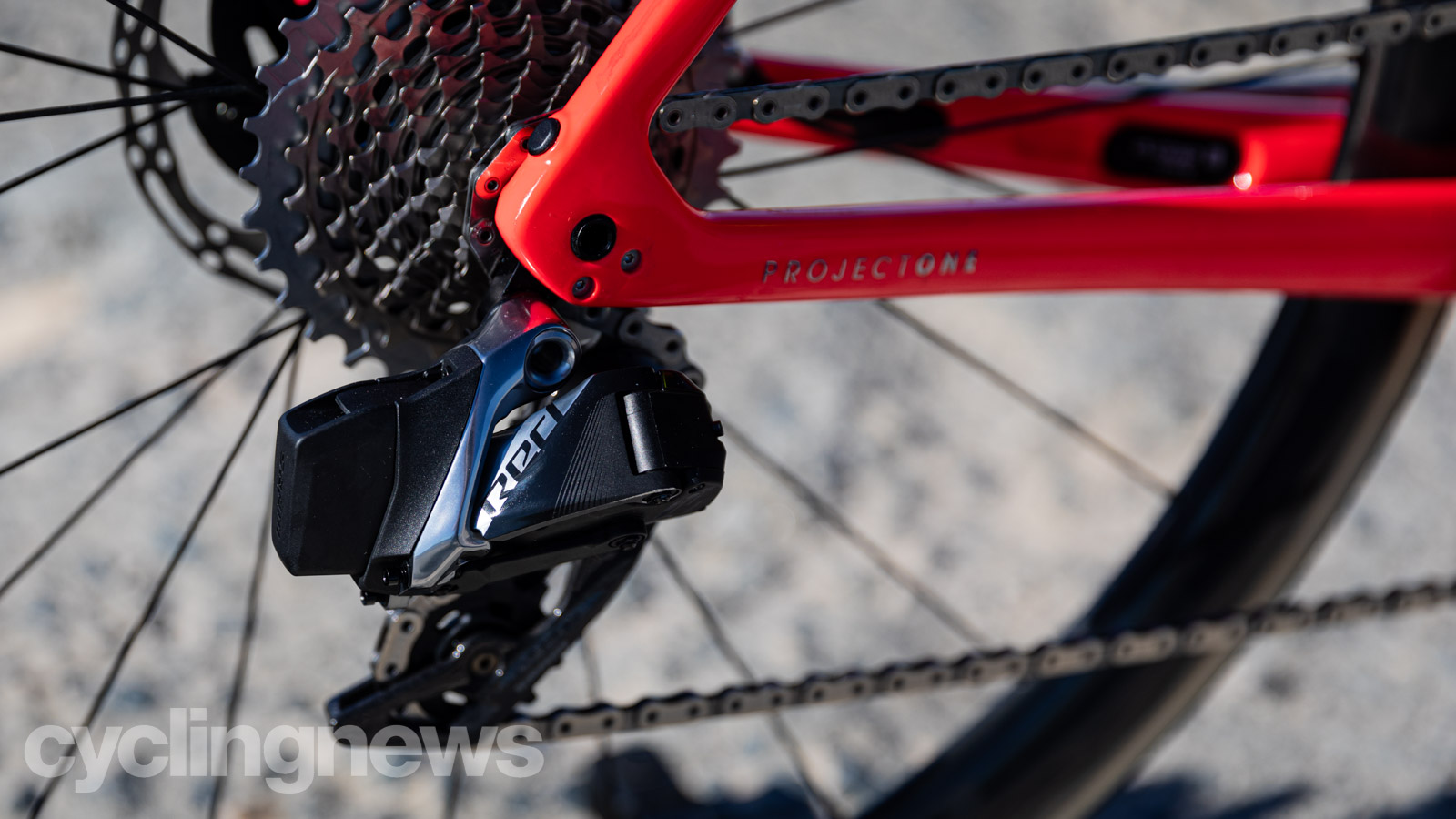
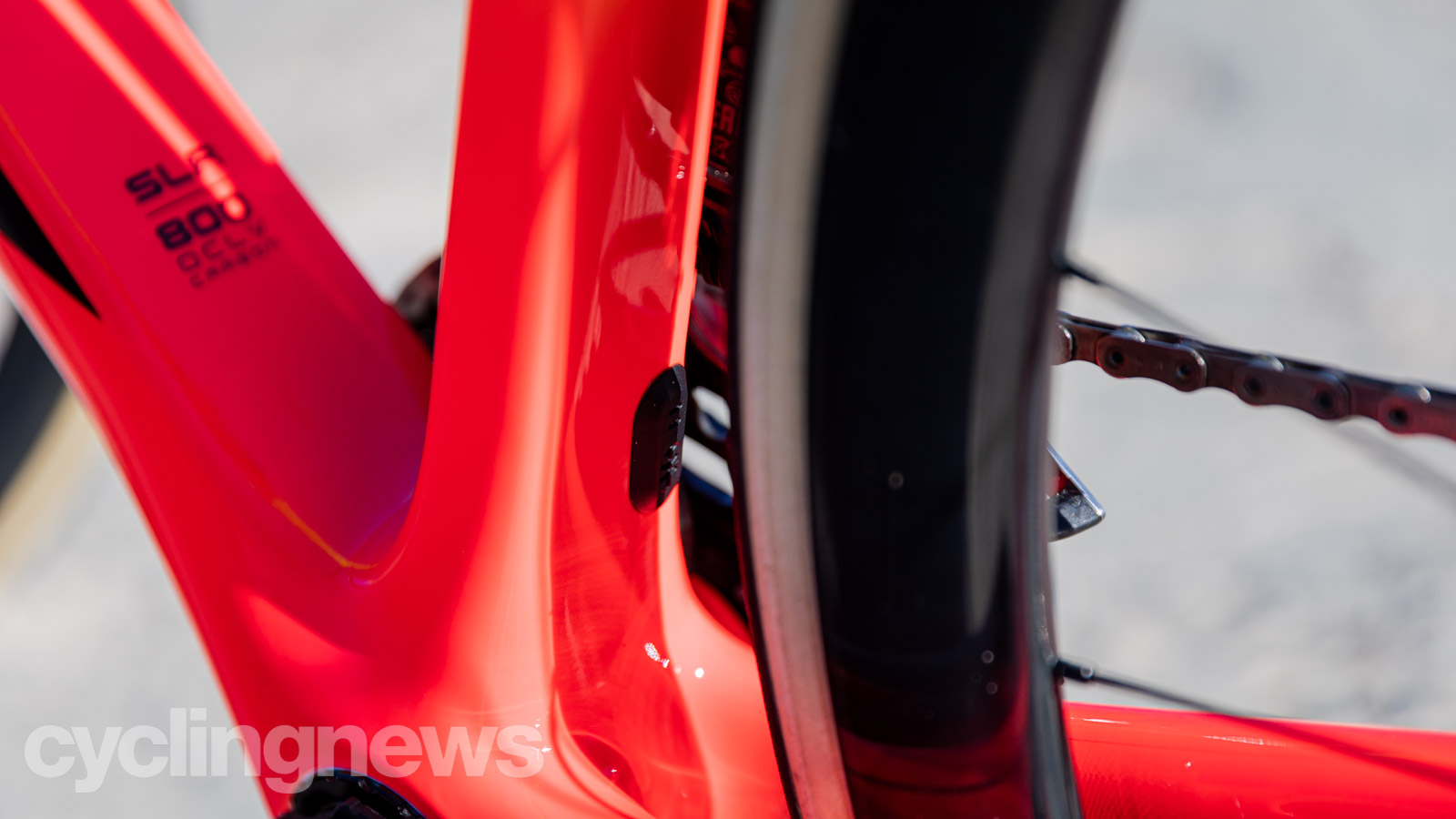
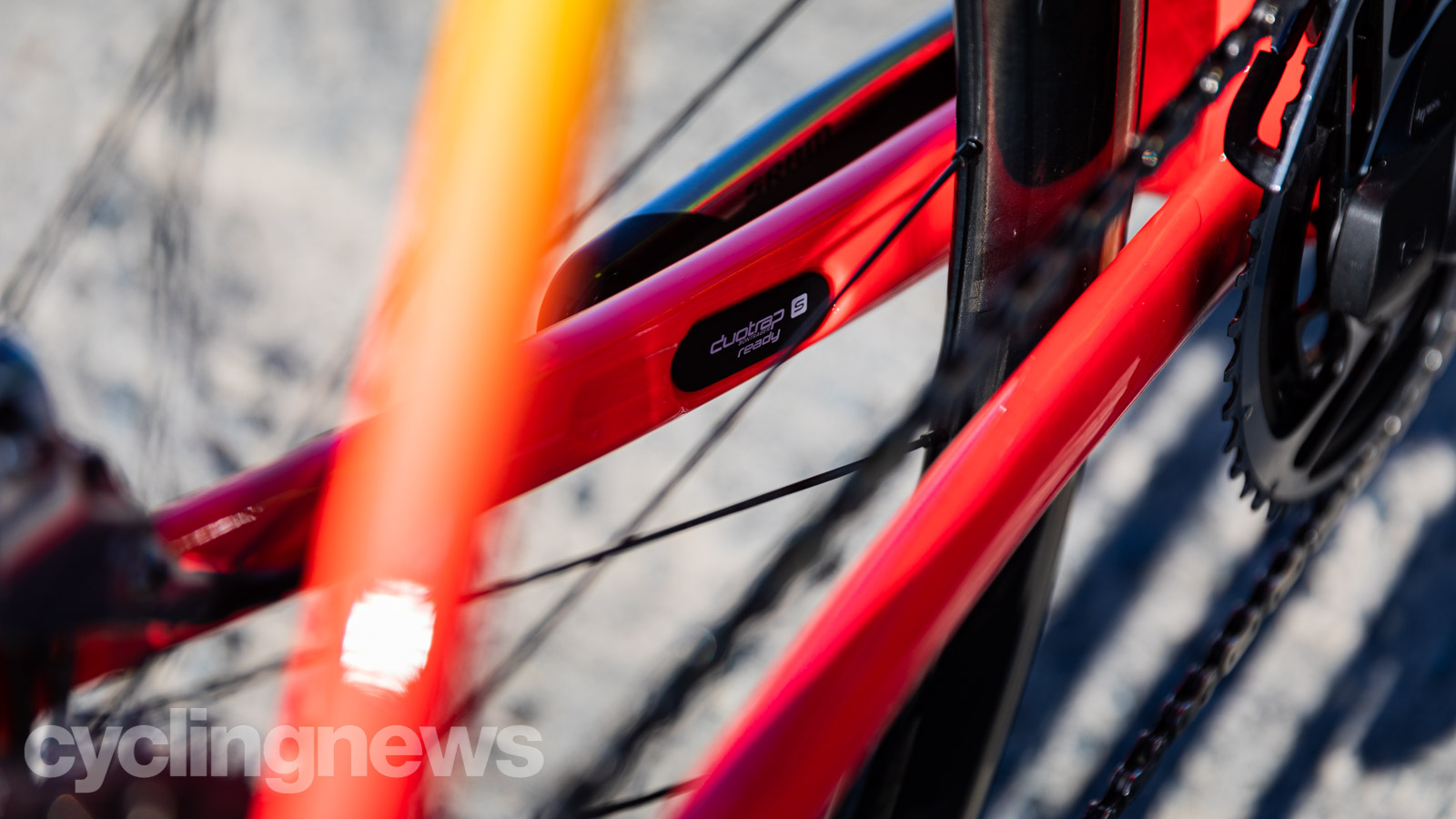

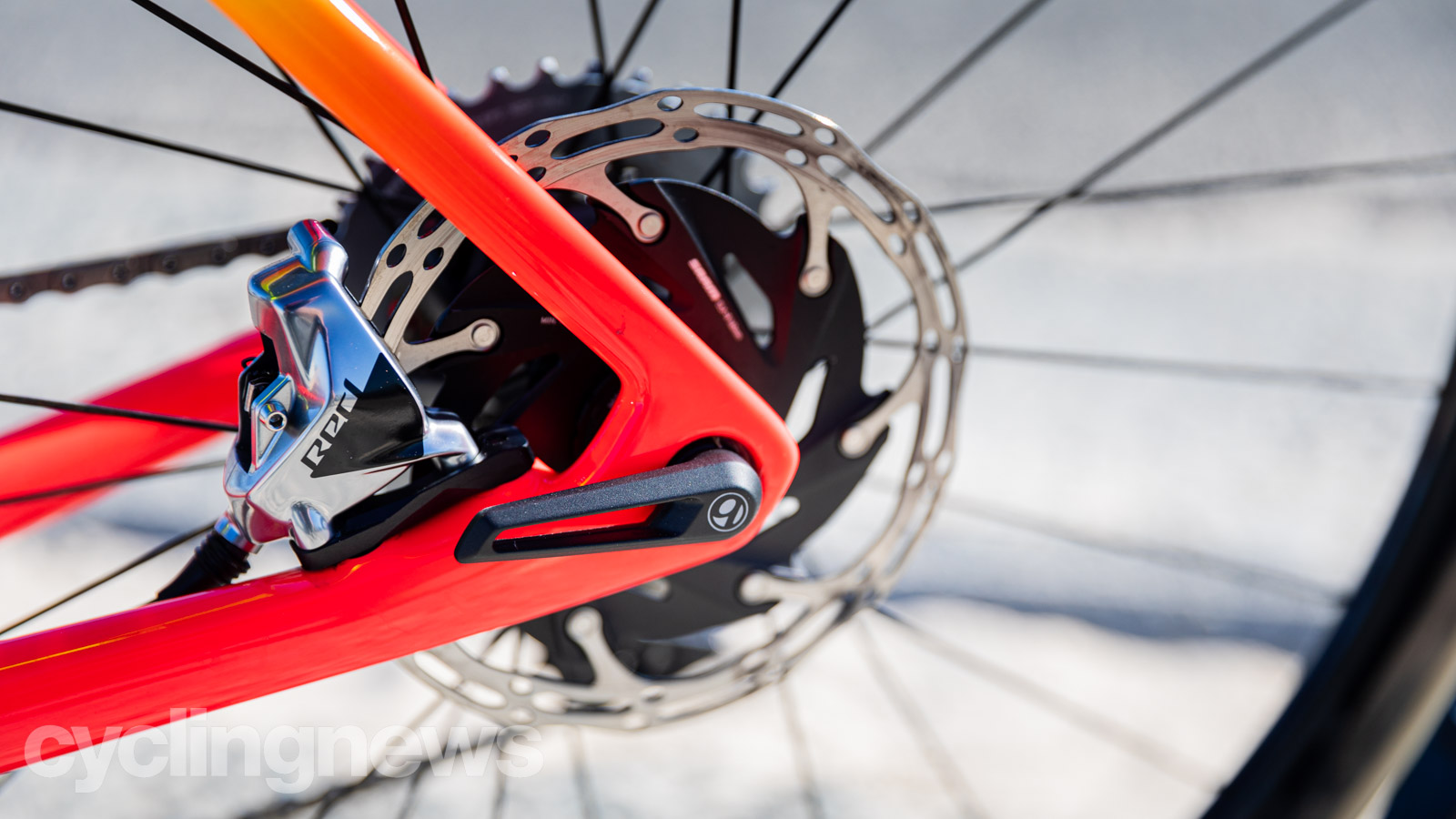
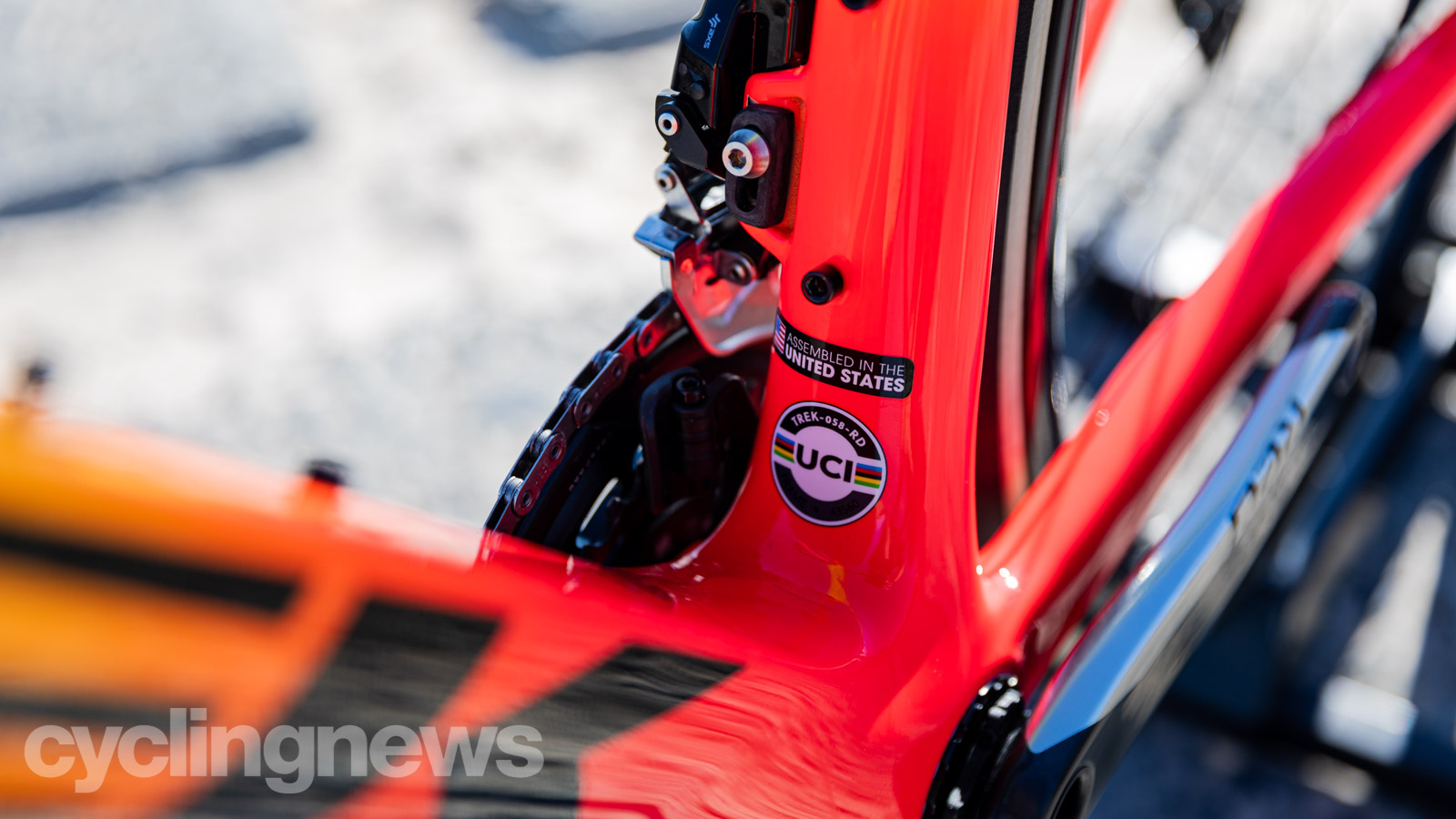
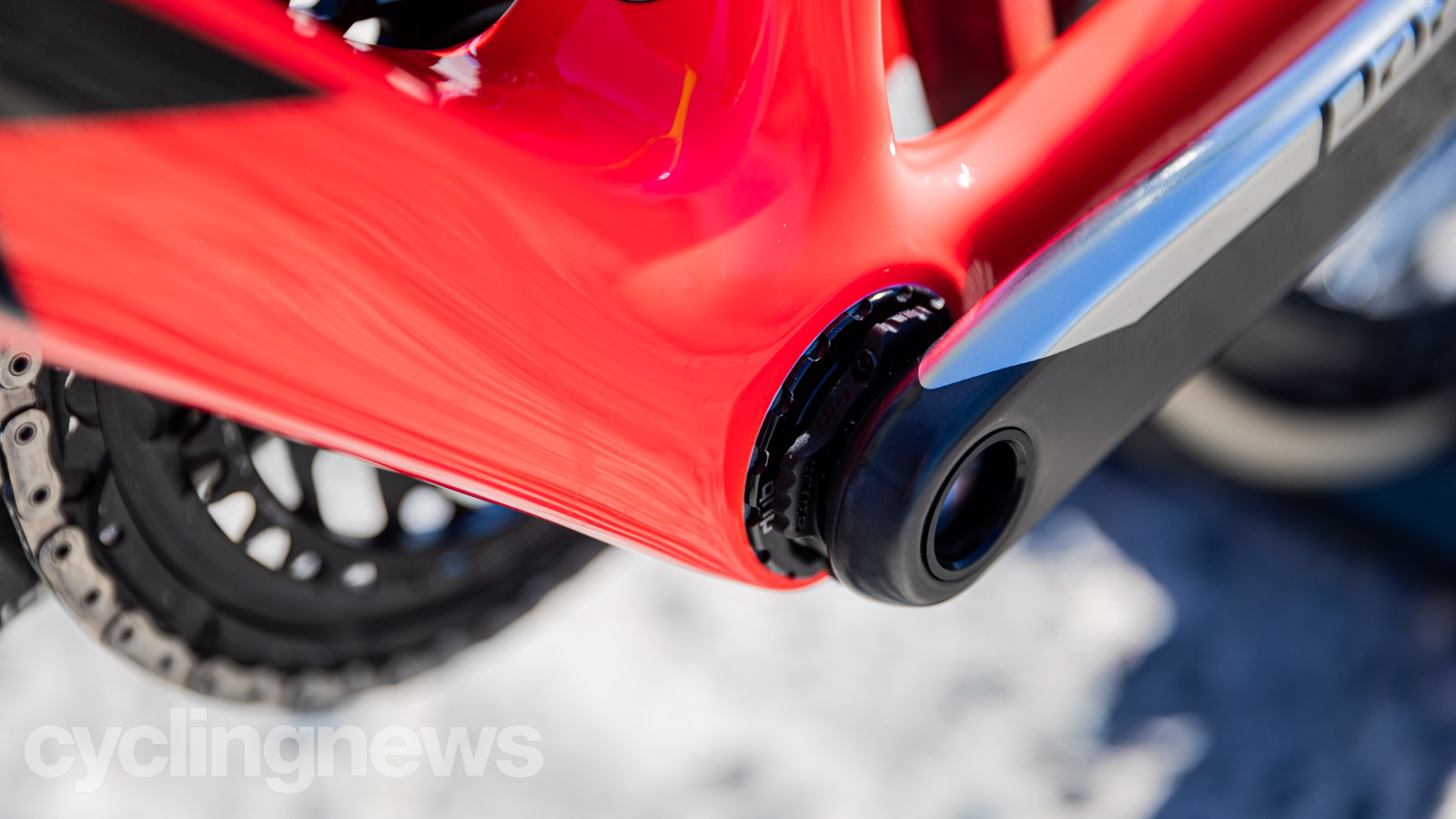
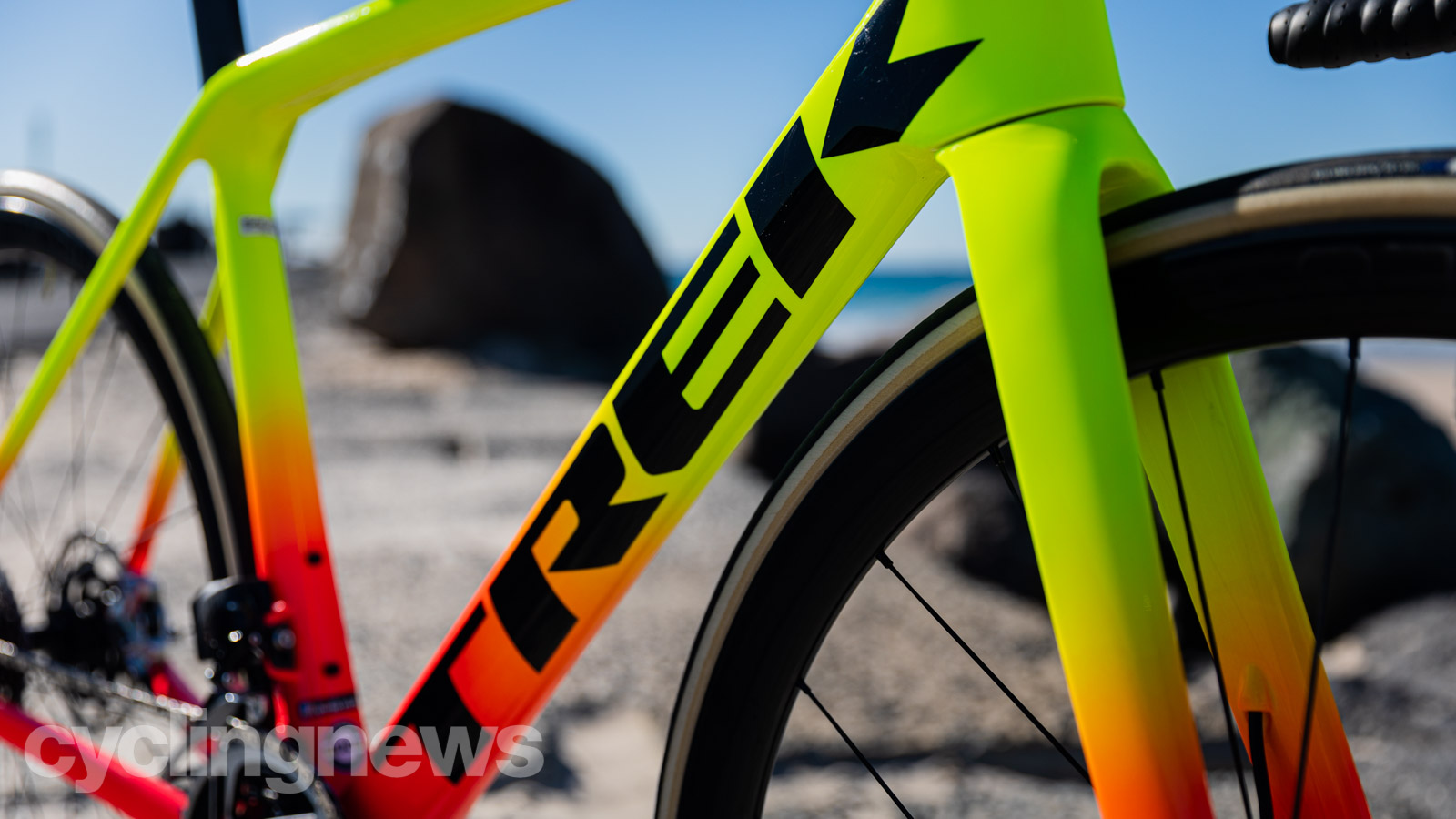
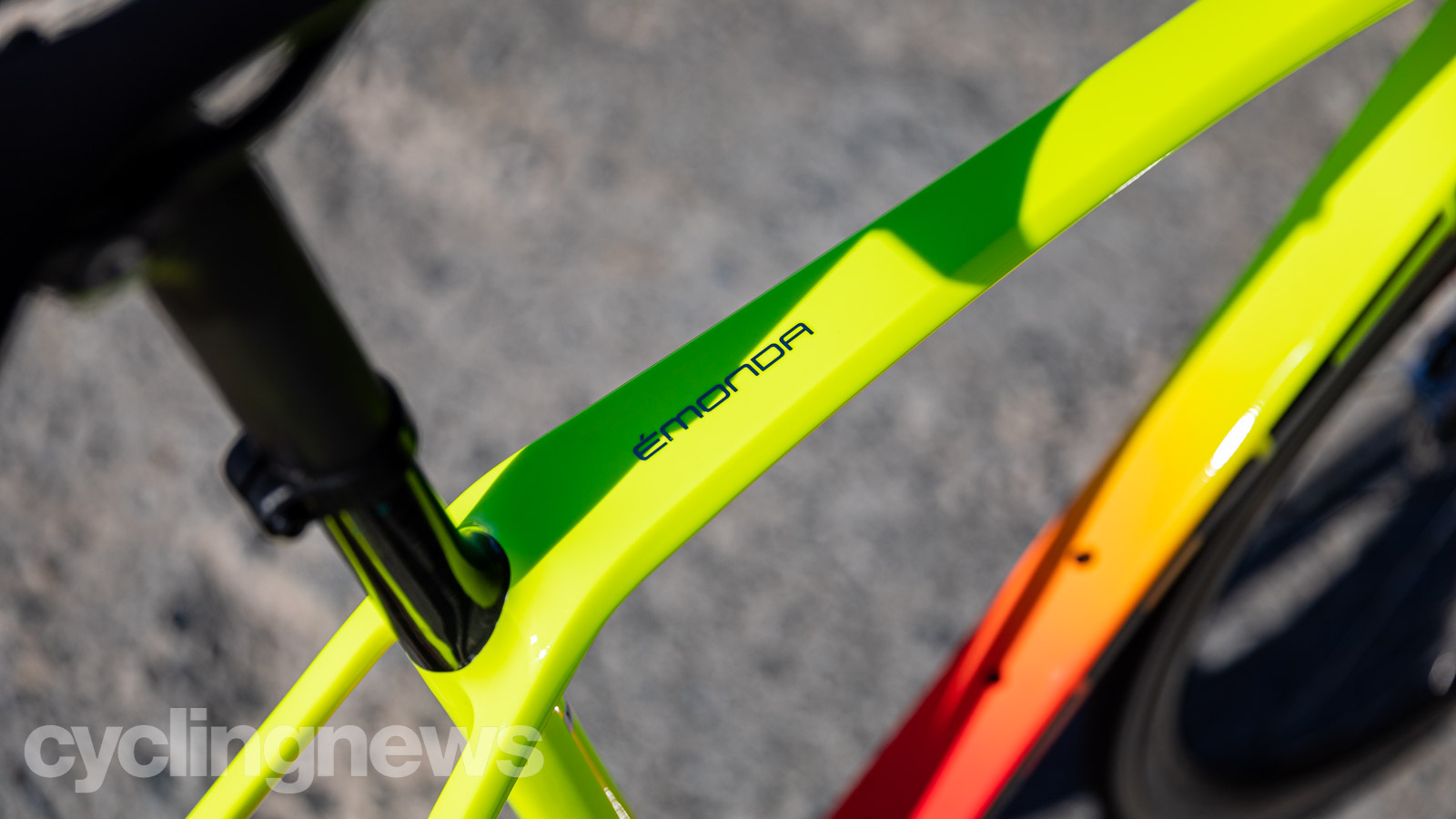
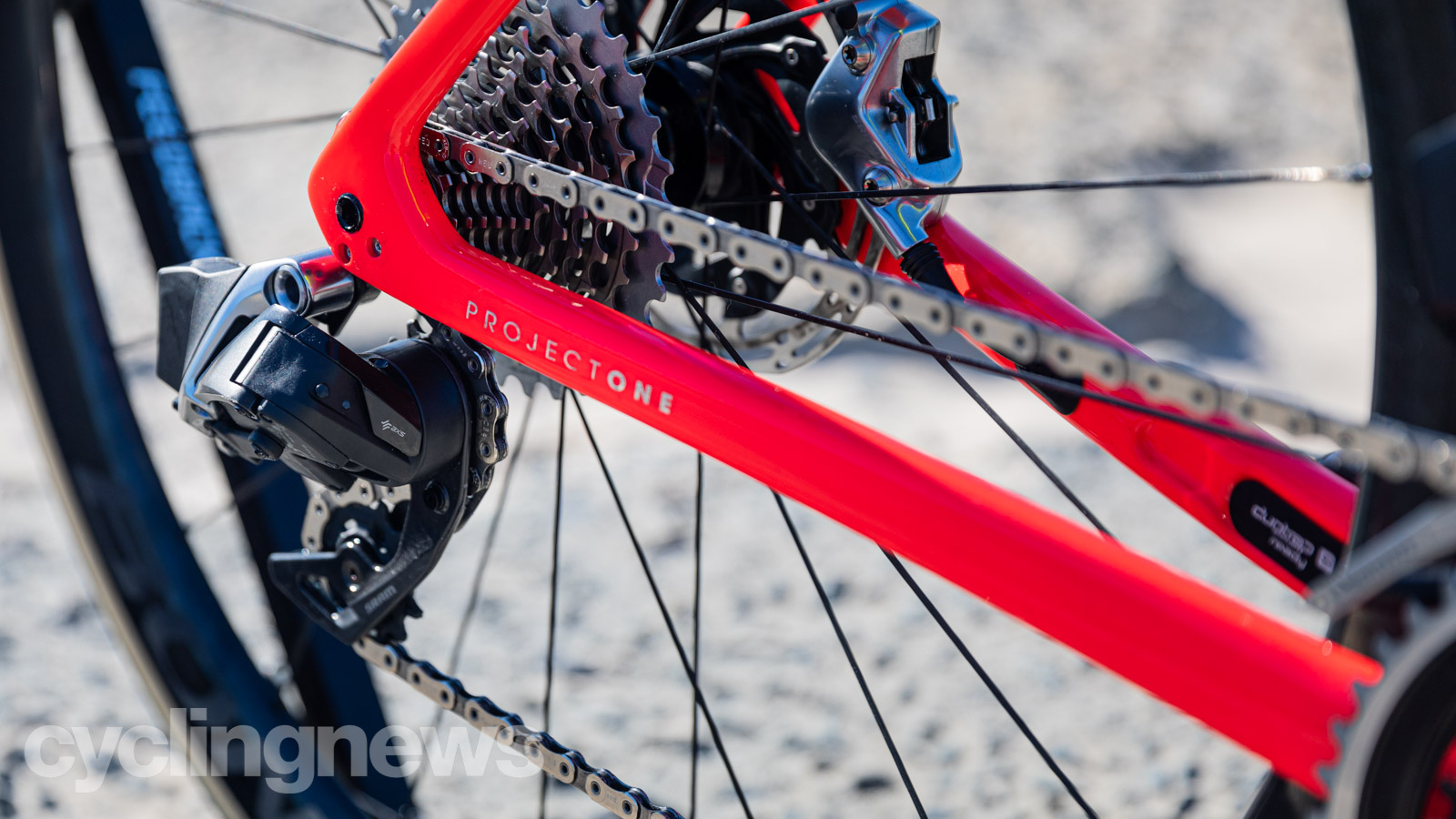
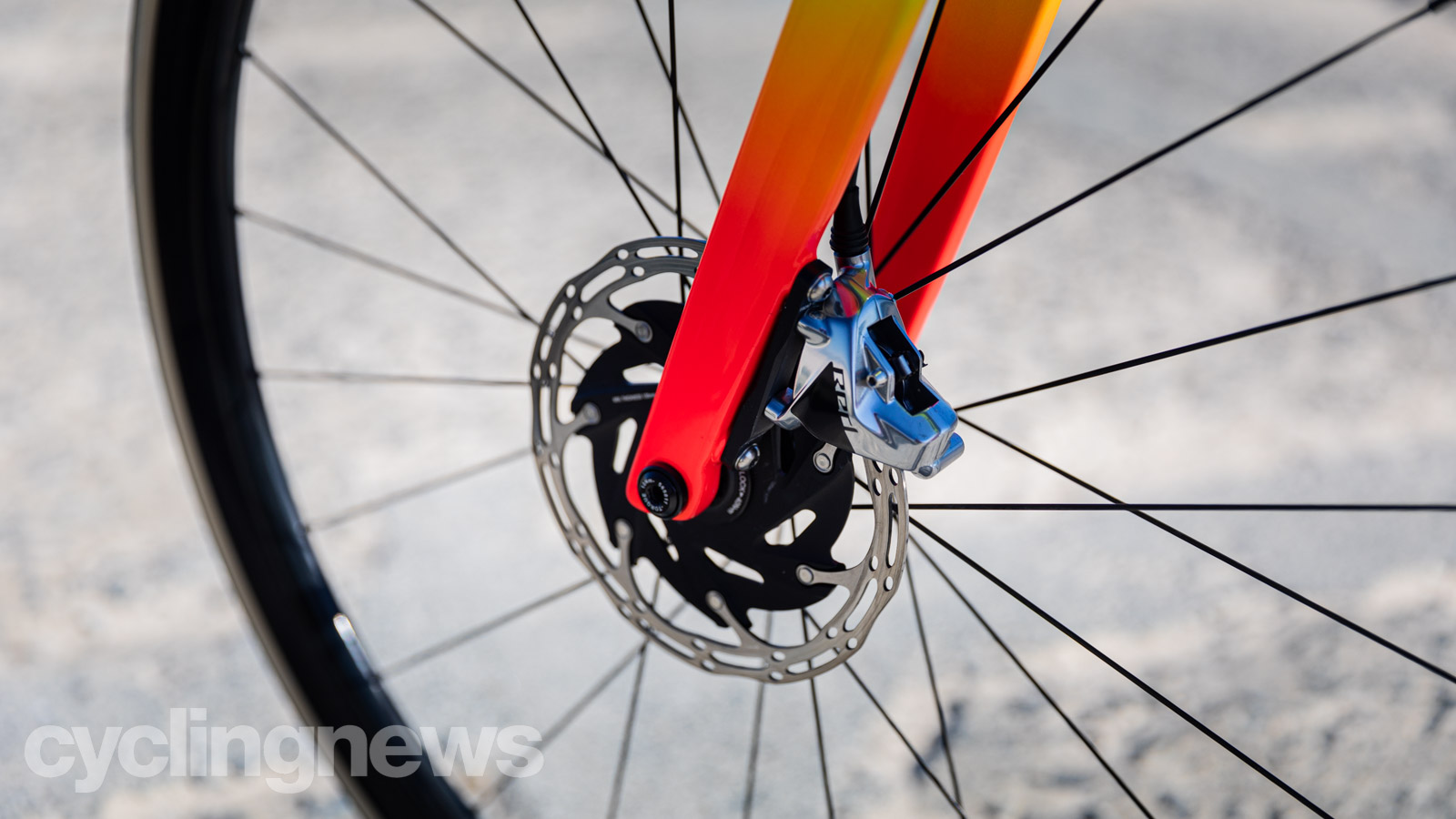
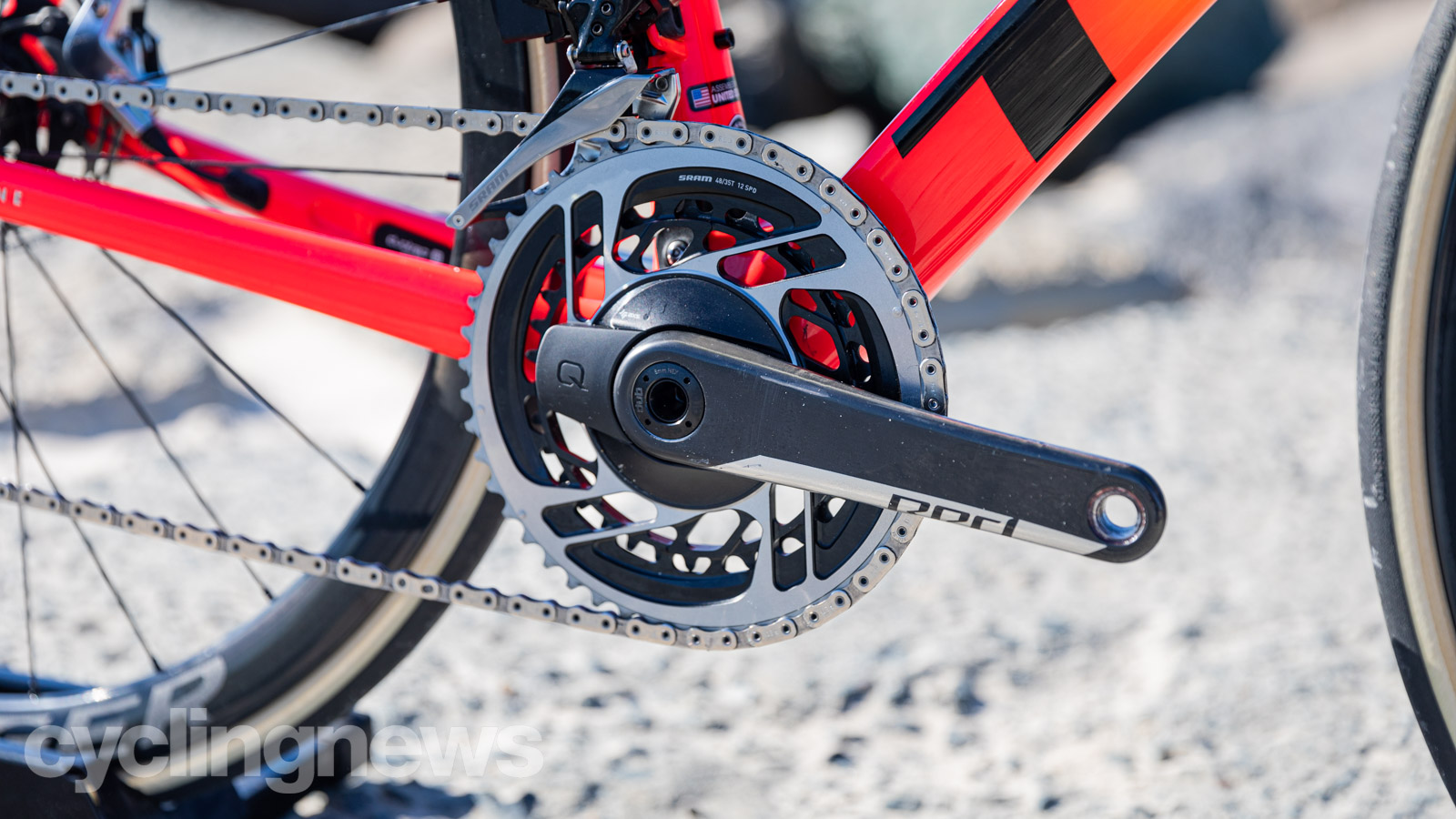
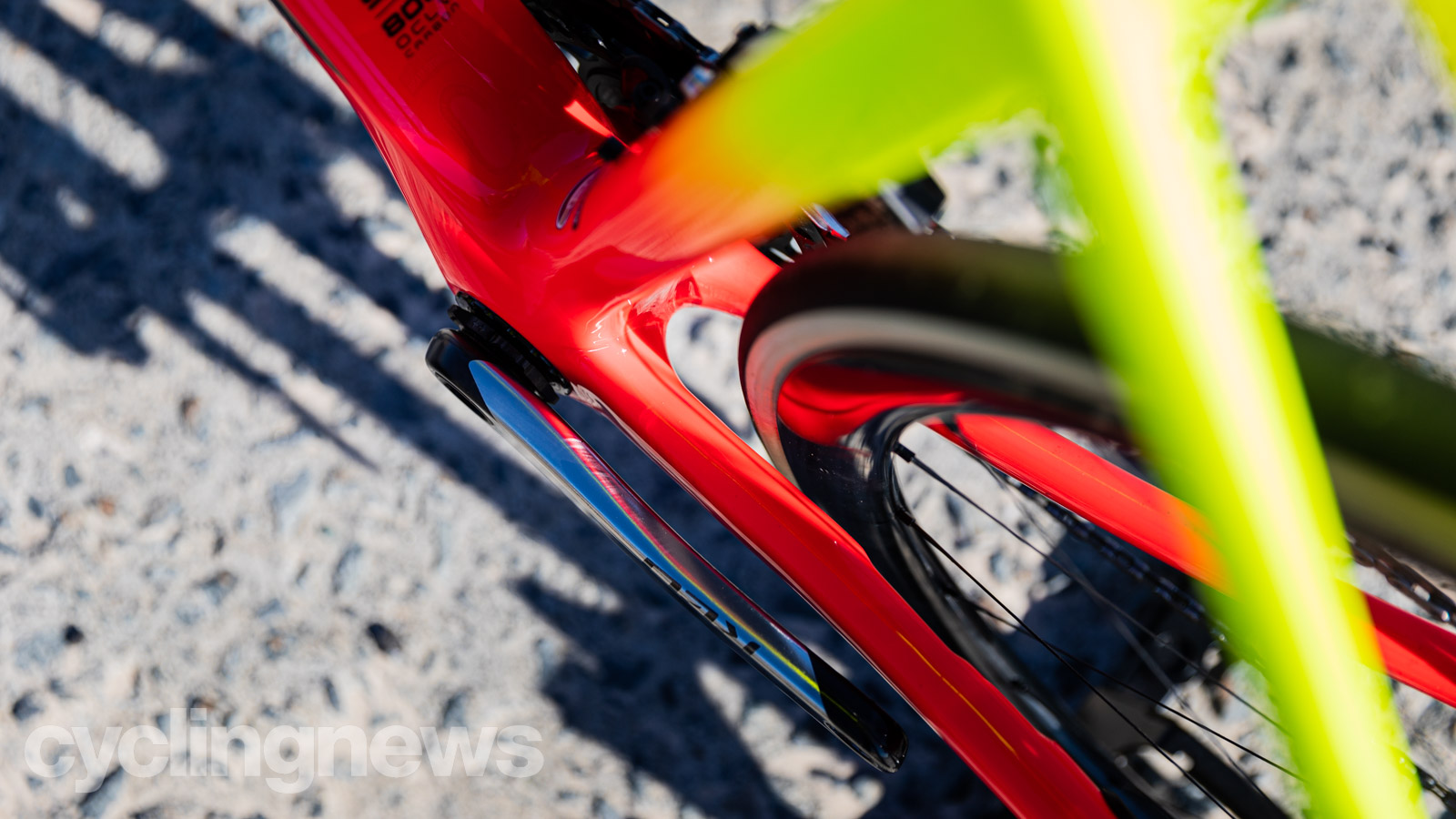

With this in mind, it should come as no surprise that Trek focused on improving the aerodynamics of the new Emonda. Trek is not alone in this with Giant, Scott, Specialized and Focus (among others) also going this route, addressing the fact that aerodynamics come into play, even when you’re not travelling 40kph on flat ground. The new frame sees truncated aerofoils on the fork legs, downtube, seat tube and seat stays which the brand says saves 183g of drag over the previous model. Interestingly the no-cut integrated seat mast is round, and so is the cap, which Trek says helps to retain compliance.
While 183g of drag is probably an abstract figure to anyone doesn’t have an aerodynamicist within arms reach, Trek has modelled how much time a rider would save up various famous climbs around the world riding at 350-watts on the 2018 Emonda vs the 2021 Emonda. The new bike saves 15-seconds on Alpe D'Huez, 11-seconds on the Angliru, 21-seconds up the Stelvio, 80-seconds up the Taiwan KOM Challenge and 4-seconds up Willunga Hill.
While the aero shaped tubing will have played a significant role in the aero gains, the new Aeolus RSL bar-stem combo also shoulders some of the burden. The new integrated bar and stem hide the cables from the wind while routing them entirely on the outside of the bar, thanks to a deep groove on the bottom, and a removable plate. For anyone who had to try and route a cable through the previous version of this bar, it marks a colossal improvement, and far fewer hours trying to finagle cables and housing through what felt to be a black hole.

All that said, they still suffer from the shortcomings of all similar one-piece systems in that if you want a longer stem, or don’t like the shape of the bar, you have to replace the whole thing. Example ‘A#1,’ Bontrager has gone with an extremely compact bend for the drops which are a smidge too tight for my hands.
Trek has also employed split headset spacers, so there is no need to disconnect and re-bleed anything should you want to raise or lower your bar a few mm. That said, they are a little bit fiddly to work with, but are still a better option than the alternative.
However, when it comes time to replace a headset bearing you’re in for a big job. Both brake hoses run inside the top bearing, and the front brake line is routed through the lower bearing too. With all the bends the hoses take, it's a bit more challenging to coax air bubbles in the lines out of the system.
The top-end SLR models are made from a new OCLV 800 carbon. According to Trek, this new carbon fibre was in development for two years. The result is claimed to be 30 per cent stronger than the OCLV 700 it usurped for the top spot, and saves about 60g of weight in an equivalent frame.

However, the 2021 Emonda actually gained about 30g in weight over the 2018 version, with an unpainted 56cm frame said to weigh 698g and the unpainted fork with a 220mm steerer comes in at 365g. You won’t hear us complaining about these additional grams, because they are the result of a threaded T47 bottom bracket — well actually a slightly narrower version (1mm) to allow for a better connection with your BB tool. Even still, this 54cm Emonda SLR 9 Project One tips our scales at a feathery 6.86kg.
One of the things that immediately caught my eye when I unboxed the Emonda was the traditional seat stays that come all the way up to the seat cluster to form the conventional double diamond. According to Jordan Roessingh, Trek’s Director of Road Product, Trek did evaluate a design concept of the Emonda with dropped stays, but decided the potential aero benefit didn’t outweigh the costs to torsional stiffness, at their targets for frame weight.
For the latest edition of the Emonda, Trek as added a few new colour schemes to its Project One program ICON, KOM and Ultimate. Our test sample is the latter, which allows you full creative license over Trek’s colour palates as well as tailoring every component. The yellow to pink fade is definitely Trek flexing its proverbial painting muscles, and the bike is anything but subtle.
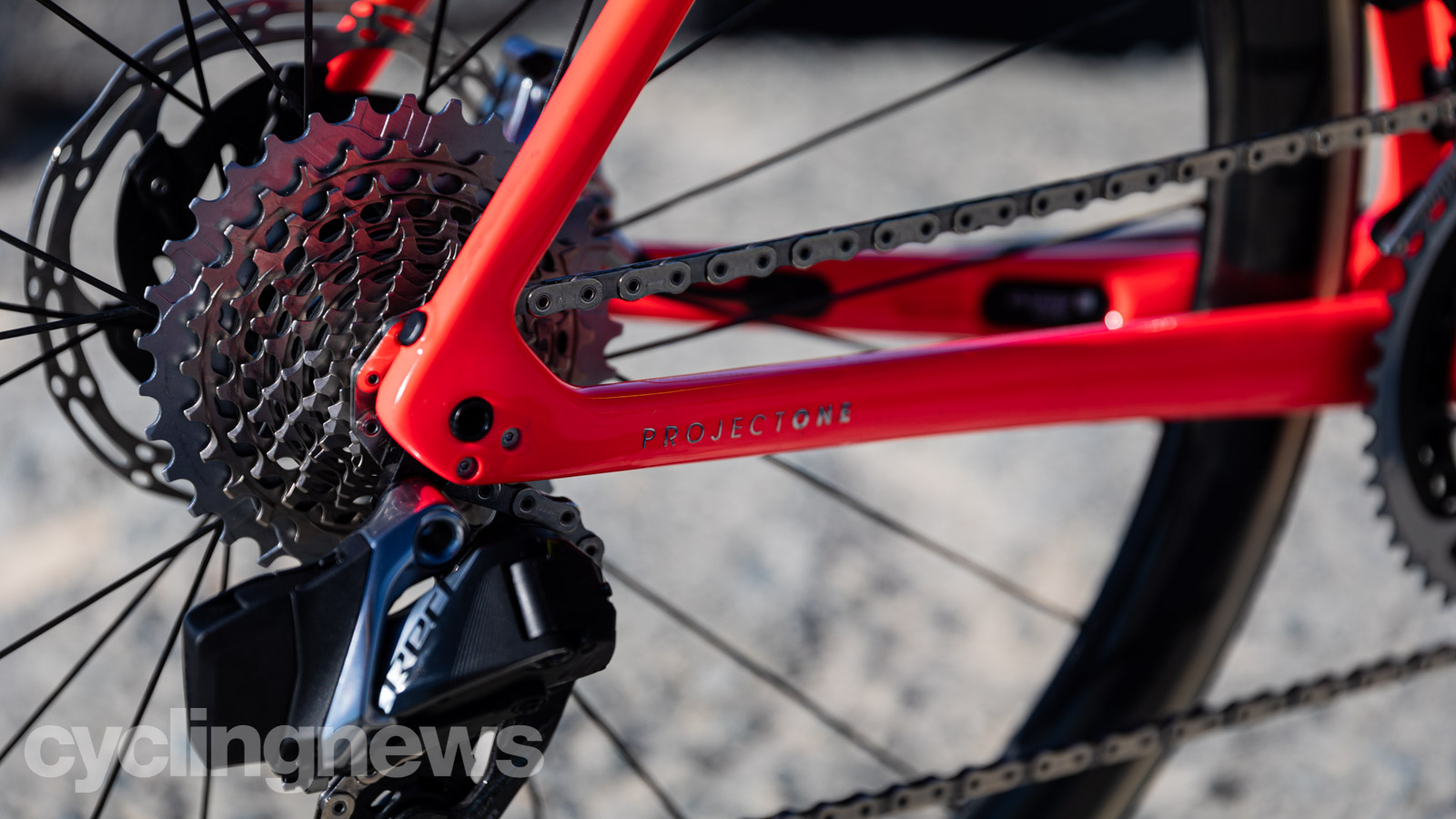
Being that this bike, in particular, is the top flagship Emonda, it should come as no surprise that it is shod with SRAM’s Red eTap AXS drivetrain, complete with a Quarq power meter, 48/35t chainrings and a 10-30T 12-speed cassette.
Bolted between the stays and fork are the new Aeolus RSL 37 carbon clinchers. These feature a new rim profile and layup that’s said to be lighter than the Aeolus XXX 2, and nearly as fast as the XXX 4, which are 10mm deeper. At 37mm deep, they tip our scales at 1360g sans rotors and cassette. The wheels are compatible with tubeless tyres, though the rim strips needed to make the swap were not included with our test sample.
Sitting atop the no-cut seatmast is Bontrager's Aeolus Pro saddle. The perch is Bontrager's take on the wide snub nose seat, and initially, my derriere seems to get along with it quite well — for reference I have a Fizik Vento Argo R3 on my personal bike.
With every bell and whistle currently available, it should come as no surprise that the Emonda SLR 9 is less affordable than a used car, coming in at an eye-watering US$11,999 / €10,999 / £9,700 / AU$15,799.
Based on the Gold Coast of Australia, Colin has written tech content for cycling publication for a decade. With hundreds of buyer's guides, reviews and how-tos published in Bike Radar, Cyclingnews, Bike Perfect and Cycling Weekly, as well as in numerous publications dedicated to his other passion, skiing.
Colin was a key contributor to Cyclingnews between 2019 and 2021, during which time he helped build the site's tech coverage from the ground up. Nowadays he works full-time as the news and content editor of Flow MTB magazine.
What is a hands on review?
'Hands on reviews' are a journalist's first impressions of a piece of kit based on spending some time with it. It may be just a few moments, or a few hours. The important thing is we have been able to play with it ourselves and can give you some sense of what it's like to use, even if it's only an embryonic view.
